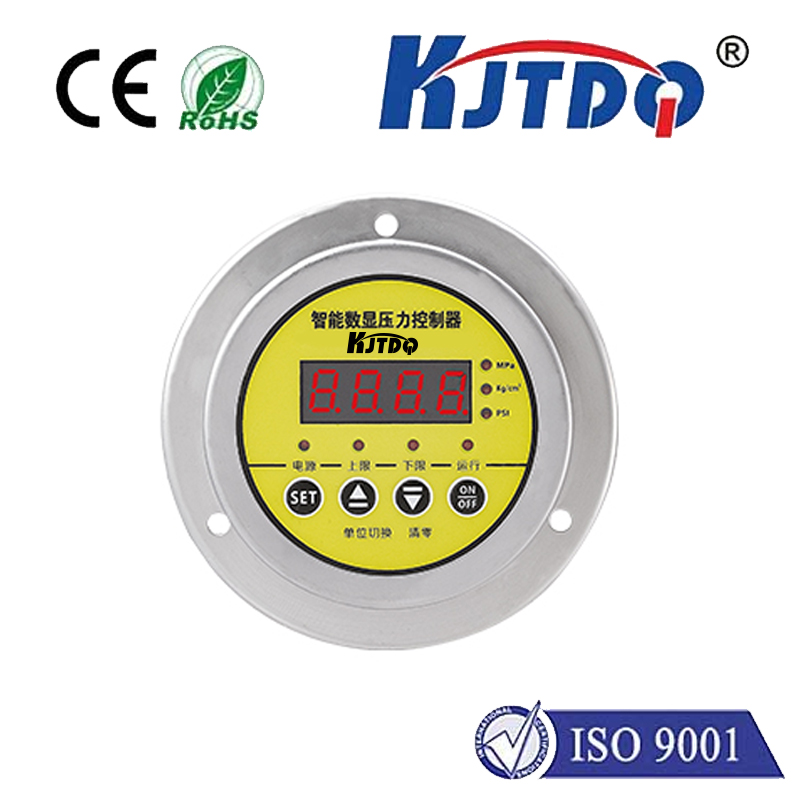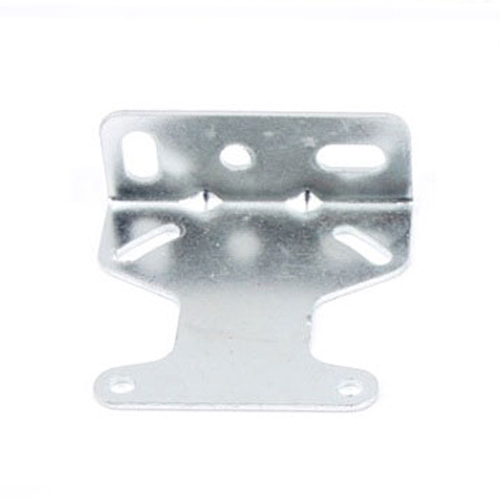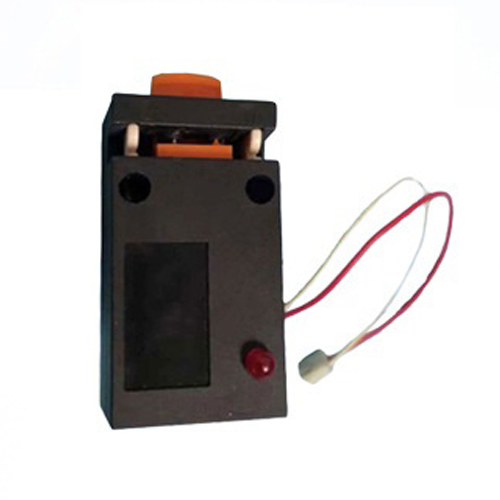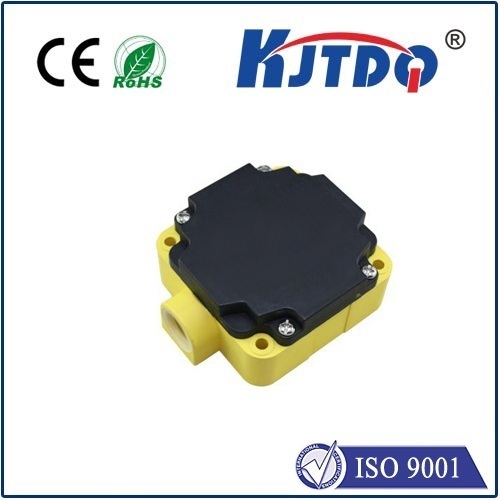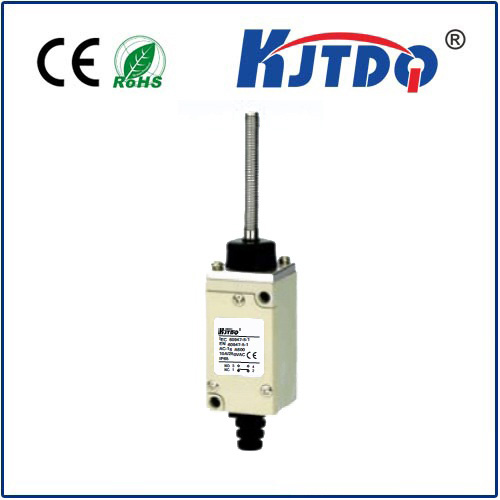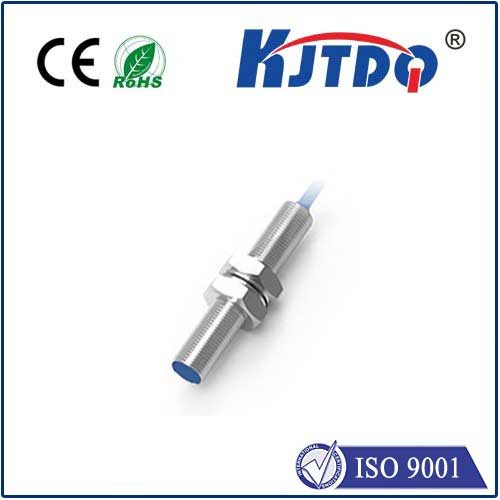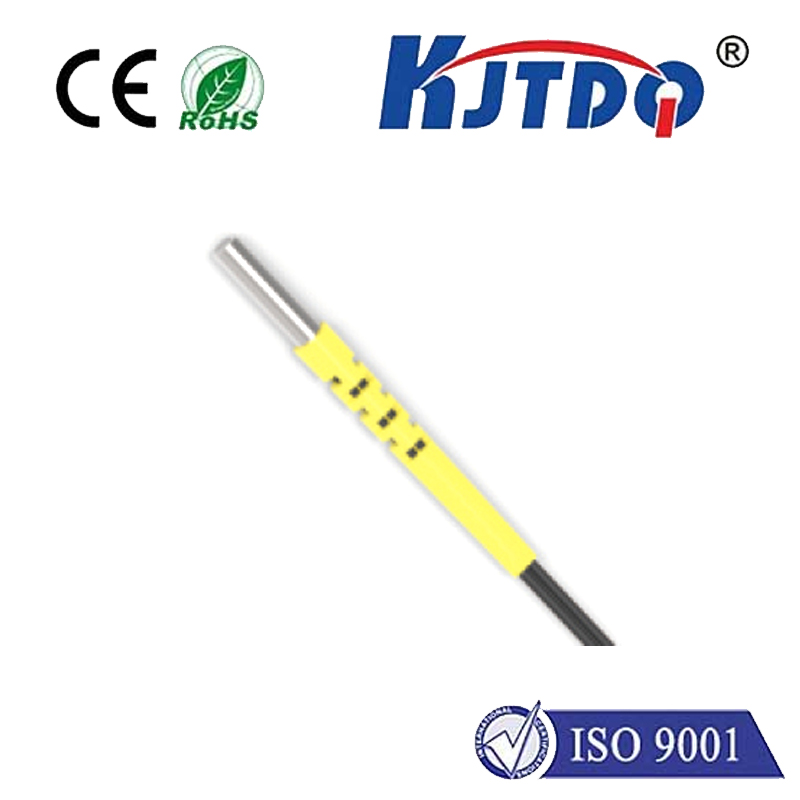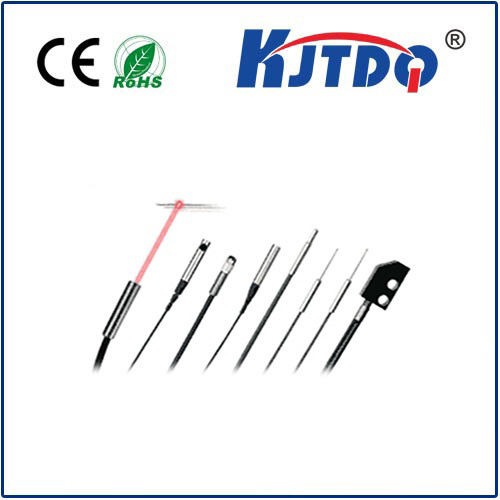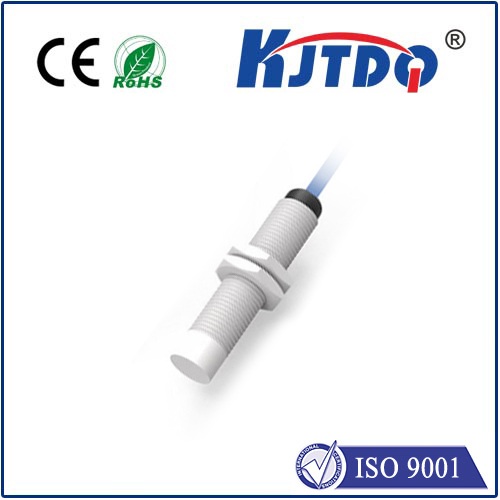LS-I Pull rope switch
- time:2025-09-24 06:56:13
- Нажмите:0
LS-I Pull Rope Switch: Your Conveyor Line’s Safety Guardian in Emergencies
Imagine a critical emergency unfolding on a long conveyor line: a worker’s sleeve snagged, machinery malfunctioning dangerously. Every second counts, but reaching a fixed emergency stop button might be impossible. That’s exactly where the LS-I Pull Rope Switch becomes invaluable. This vital safety component acts as an easily accessible, continuous emergency stop system along the entire length of machinery, designed for instant shutdown in life-threatening scenarios. Think of it as a literal lifeline running alongside your equipment.
What Exactly is an LS-I Pull Rope Switch?
At its core, the LS-I Pull Rope Switch, often called a rope pull emergency stop or cable pull switch, is a safety mechanism engineered for rapid equipment shutdown. It consists of a robust housing containing switching contacts, connected to a long, high-tensile steel wire rope. This rope is meticulously installed parallel to the hazardous area of machinery, such as conveyor belts or processing lines.
Its Working Principle is Straightforward Yet Critical:

- Accessible Activation: In an emergency, any person witnessing the hazard can immediately pull the rope downwards or sideways (depending on installation).
- Internal Mechanism Trip: The pull force on the rope triggers a mechanism within the LS-I switch housing.
- Circuit Break: This action forcefully opens the switch’s normally closed (NC) safety contacts.
- Immediate Shutdown: Breaking this circuit sends a signal directly to the machinery’s safety control system (like a safety relay or PLC), demanding an instantaneous stop of all connected hazardous motion. Its primary role is unambiguous: to prevent injury and minimize damage by halting operation faster than a person could reach a fixed button.
Where is the LS-I Pull Rope Switch Essential?
Its design makes it indispensable anywhere long stretches of machinery pose risks:
- Conveyor Systems (Bulk & Unit Handling): The most common application. Protects workers along lengthy sections dealing with blockages, jam clearances, or entrapments near rollers, transfer points, and packaging stations. Essential in mining, aggregate processing, and large distribution centers.
- Assembly & Production Lines: Ensures easy emergency access for operators along automated or semi-automated lines, particularly where access points are limited.
- Material Processing Plants: Used alongside crushers, screens, mixers, and other large equipment where hazards span significant distances.
- Warehouses & Logistics Centers: Safeguarding personnel working near extensive automated storage and retrieval systems (AS/RS) or sortation conveyors.
Key Advantages Driving Adoption
Why choose the LS-I Pull Rope Switch? Its benefits are tightly focused on reliability and accessibility:
- Extended Protection Zone: A single switch can safeguard vast distances (hundreds of meters), simply by looping the trip wire rope. No more dangerous gaps between fixed emergency stops.
- Rapid, Foolproof Activation: Requires minimal force and no specific training – pull anywhere along the rope for instant stop. Crucial in high-stress emergencies.
- High Reliability & Durability: Built for harsh industrial environments (IP65/IP67 ratings common), resistant to dust, moisture, vibration, and impact. Rugged construction minimizes false trips and ensures long service life.
- Clear Visual Status: Most units feature highly visible condition indicators (often flags or colored sections) showing whether the switch is in the normal (operational) position or has been tripped (emergency stop activated), aiding in quick reset and troubleshooting.
- Safety Compliance: Designed to meet stringent international machinery safety standards (like IEC 60947-5-5, EN ISO 13850) for emergency stop devices, specifically mandated for applications requiring initiation from a rope.
Critical Installation Best Practices
Proper installation is paramount for reliable safety function:
- Rigorous Alignment: The trip wire rope must be installed taut and parallel to the machinery hazard zone, within easy reach (typically between 0.6m and 1.8m above walking level). Sagging can cause inertia delays or failure to trigger.
- Secure Fixing Points: Anchor points must be exceptionally robust to withstand the maximum potential pull force without deformation or failure. Use provided hardware precisely.
- Correct Switch Integration: Wire the LS-I’s NC safety contacts directly into the machine’s safety-related control circuit (e.g., feeding into a safety relay). Never bypass safety circuits. Ensure correct voltage/current ratings.
- Regular Testing Regime: Implement a schedule for functional testing (pulling the rope to confirm shutdown) and thorough visual inspections of the rope, anchors, and switch condition. Maintenance logs are essential.
Addressing Common Queries (FAQ)
- Q: How much force is needed to activate it? A: It varies by model, but typically designed for moderate pull force (e.g., 70-150N), balancing ease of activation with resistance to accidental bumps. Check manufacturer specs.
- Q: Can multiple switches be linked? A: Absolutely. Multiple LS-I units can be connected end-to-end via their trip wires, creating a seamless safety perimeter for extremely long conveyors.
- Q: How do I reset it after activation? A: Resetting is usually manual. Locate the tripped switch unit(s) – often indicated by a prominent flag – and follow the specific reset procedure (often involving rotating or pulling a reset knob/lever after resolving the emergency cause). Power may need to be cycled cautiously per safety protocol.
- Q: What about rope maintenance? A: Inspect the rope regularly for kinks, corrosion, fraying, or damage. Replace immediately if compromised. Ensure connections at anchors and switches are secure.
The LS-I Pull Rope Switch embodies a critical safety philosophy: emergency stops must be immediately accessible anywhere danger exists. By providing a continuous, robust, and easily activated shutdown cordon along your most critical machinery paths, it transforms potential disaster zones into environments where personnel have a direct, tangible means to enforce safety. Its rugged construction and compliance with global safety standards make it a non-negotiable component for responsible operations involving conveyors, long production lines, or any extensive machinery where hazards aren’t confined to a single point. Selecting, installing, and maintaining this vital safeguarding system correctly is a fundamental commitment to workplace safety excellence, potentially saving lives and preventing catastrophic damage when seconds are the difference between safety and disaster.


